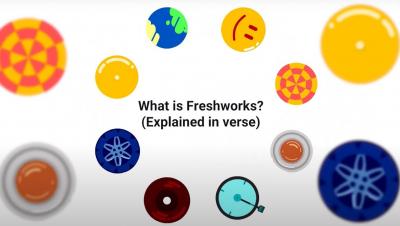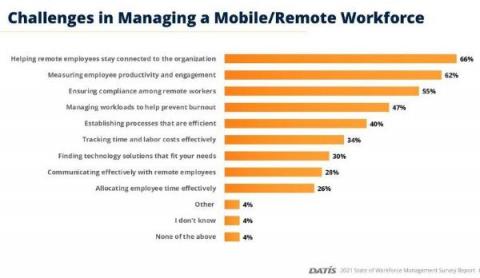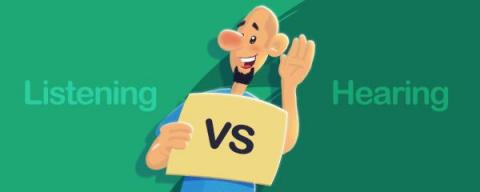Teams | Collaboration | Customer Service | Project Management
March 2022
9 Ways You Can Build Customer Trust & Loyalty
As CX speaker Zig Ziglar once said: “If people like you, they’ll listen to you, but if they trust you, they’ll do business with you.” When you consider that just a 5% increase in customer retention can boost your profits by as much as 95%, the rewards for gaining and maintaining customer trust are massive. A few extra seconds of effort is all it takes to make a customer’s day.
The role of Workforce Management in building future-ready support
2 years into the pandemic, the business landscape has changed with the speed of light. While 74% of professionals expect remote work to become standard, managing a distributed workforce has its unique challenges. Overseeing disjointed teams and handling resource crunch has led to fragmented data, frustrated agents, and poor customer experience. This has made companies ask themselves whether they are ready for the future of work?
Hearing vs Listening Skills in Customer Service
Customer service representatives rely on their listening skills to understand how a customer feels about a product or service, to resolve customer complaints and to ensure customer satisfaction. However, the first step to active listening is hearing what customers have to say. But what’s the difference between the two? Customer Service listening skills involve not only noting down the words spoken by the customer, but also the nuances of the issue raised.





